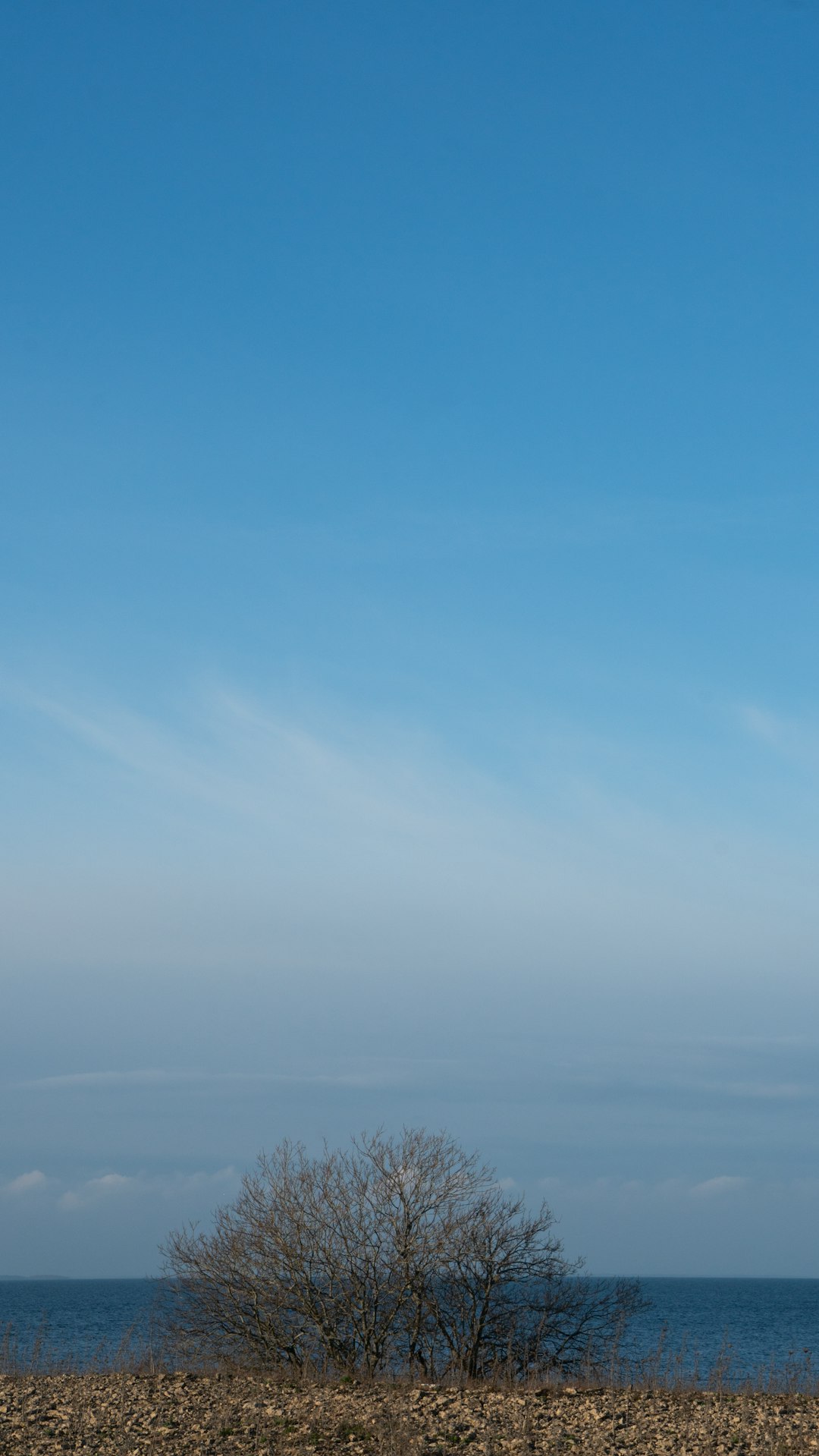On October 6th and 7th, a location tour of the Moravian-Silesian region took place, during which interested filmmakers discovered several fascinating locations that are still waiting for their film premiere. The road led us through deserted places in the mining landscape, past Finnish houses to a monastery with Byzantine decoration and to a blast furnace for smelting iron and the bowels of a huge gas tank.
20. October 2021

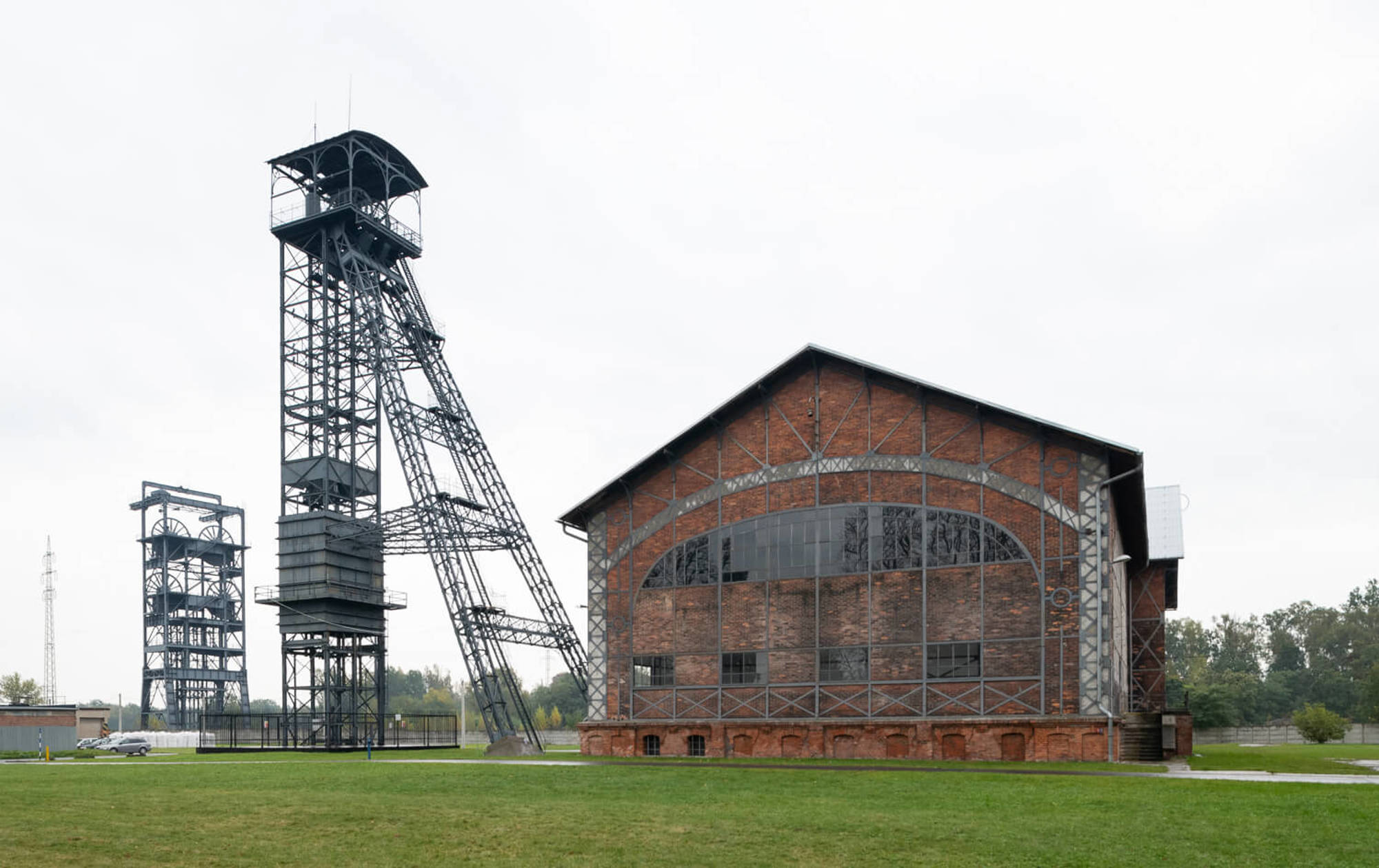
Barbora mine| Photo: Czech Film Commission
The varied program of the two-day location tour was carefully planned and organized by the Moravian-Silesian Film Office. Hana Vitkova was rewarded for her efforts by the lively interest of the participants. “Despite the occasional bad weather, it was great to see filmmakers ‘firing up’ their cameras and literally devouring one location after another.”
One of the participants, director Martin Vadas, summed up the event: “It was two days packed with many different themes and visual experiences.”
The mining landscape of Karvina
On the first day we started by exploring the mining-scarred landscape. Today, it conceals places with an exceptional atmosphere, marked by human activity, some abandoned, some now awakening to new life.
An example is the Evangelical Cemetery in Karvina, with the remains of a ruined roofless chapel, a collapsed wooden bell tower sticking up out of the middle of the nave, and toppled tombstones scattered around it. Founded in 1903, the cemetery fell into disuse in the 1970s due to undermining.
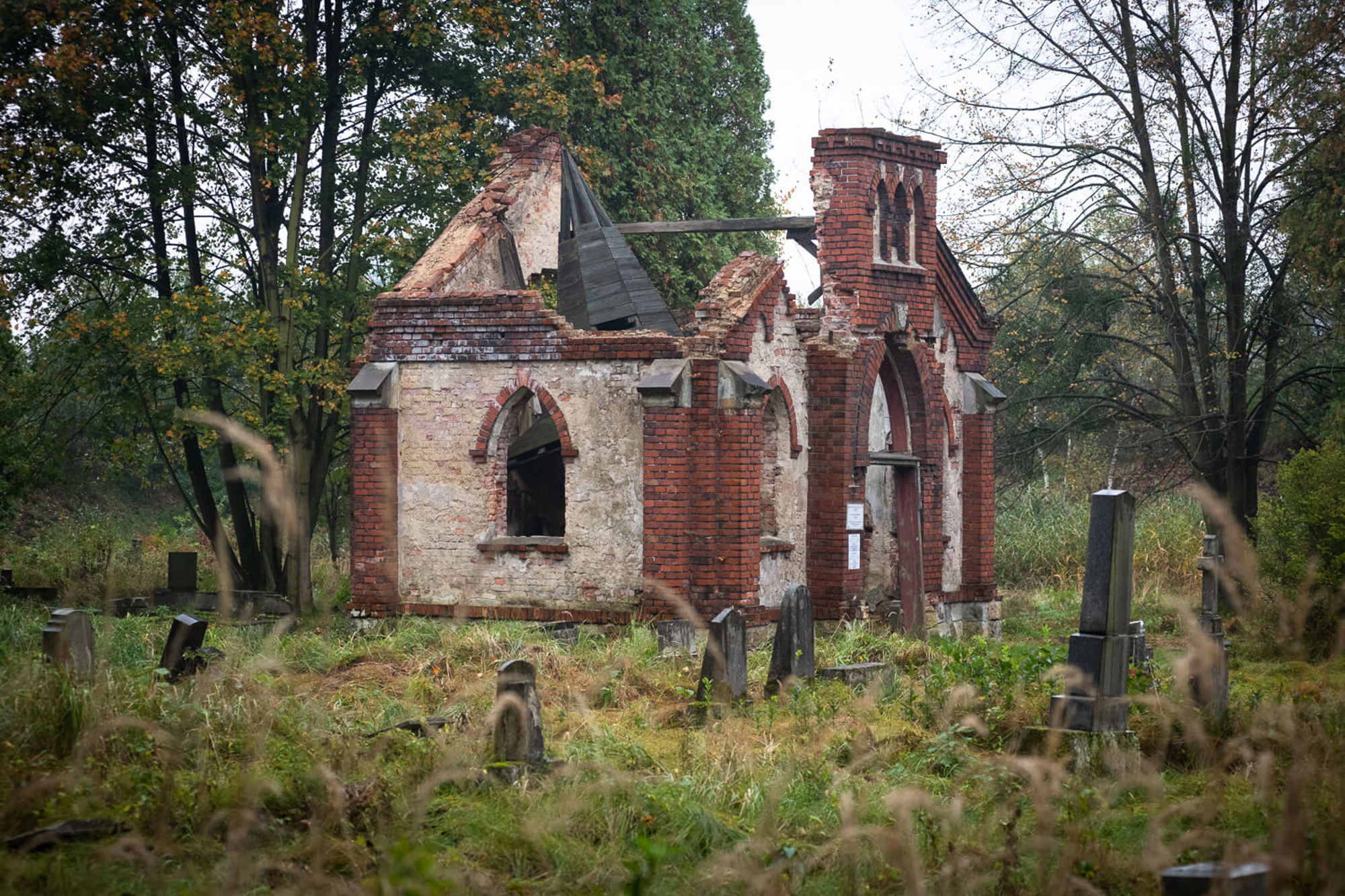
The defunct Barbora coal mine on the outskirts of Karvina is yet another abandoned site, with vast mine buildings, towers, and empty halls. Mining began here after WWI; during WWII, Soviet prisoners of war were deployed here and the volume of mining increased exponentially.
Since the 1950s, several tragedies have occurred here, claiming many victims. As a result of an explosion during one of these operations, mining was curtailed, and it was finally stopped completely in 2002. The pits were filled in, but the two mining towers were preserved.
Transformations of abandoned places
The Gabriela Mine was established in 1854 and operated for 150 years until 2004. Today it’s a Czech cultural monument and the center of the POHO2030 transformation program, the aim of which is to transform the area affected by mining activities including the Gabriel Mine into a “campus” that will breathe new life into the area and serve the people, while respecting the historical and natural values of the site.
The nearby Leaning Church of St. Peter of Alcantara has tilted by 7° because of undermining and has sunk by 37 m. It is therefore a sad entry in the Czech Book of Records and Curiosities.
The old mining colony in Doubrava consists of “Finnish houses”. This style of wooden buildings started to be built in our country after WWII with an expected lifespan of 30 years. However, they still serve many local residents today.
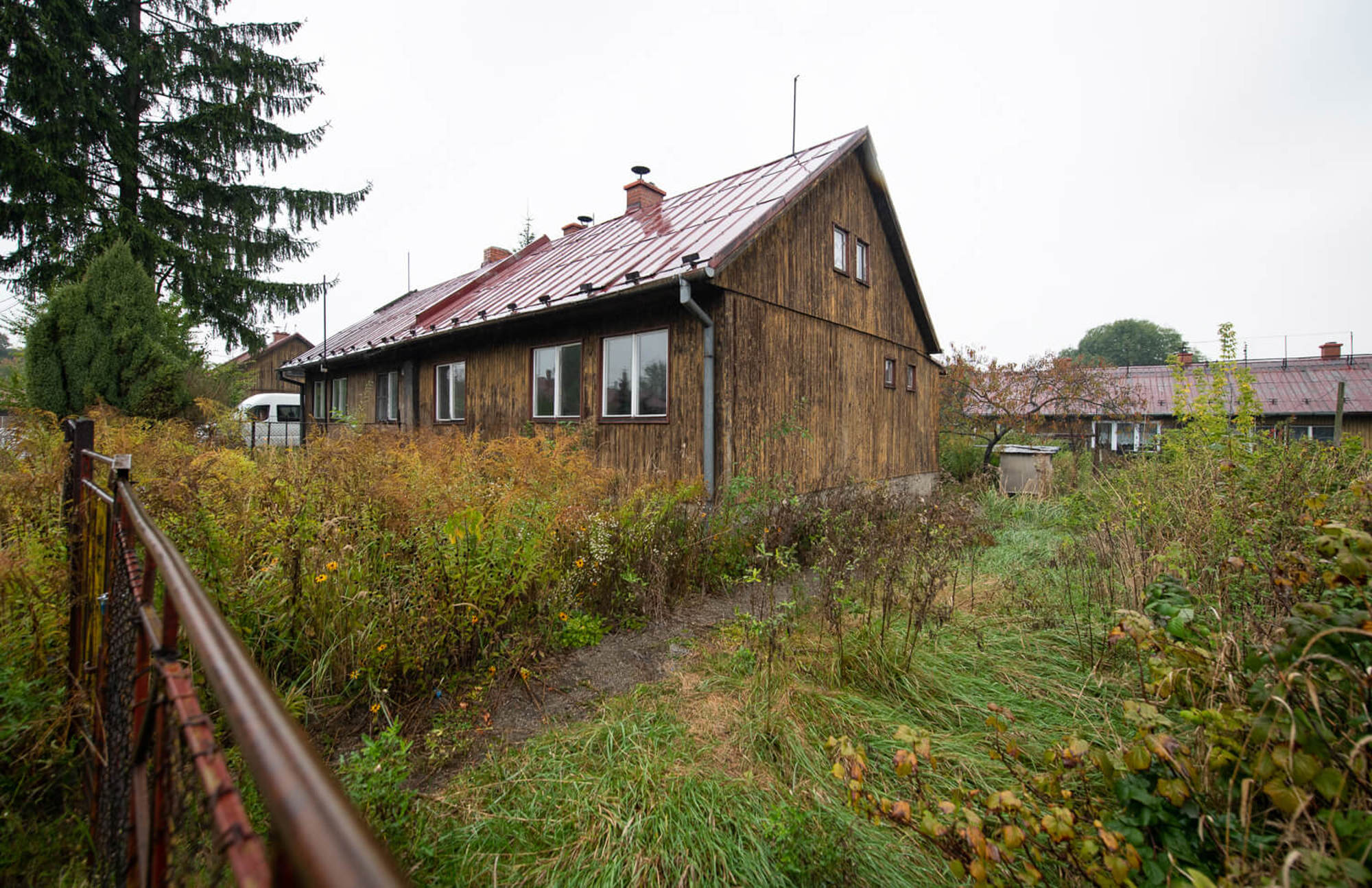
Nearby, there is a baroque chateau from 1760 in Doubrava. The dilapidated two-storey building with a rectangular floor plan is surrounded by an overgrown chateau garden. It is currently owned by the municipality.
Ostrava, Opava, and Radun
In the evening we headed to Ostrava, where our last stop on Day 1 was the Landek Villa. The villa, built on Landek Hill, is surrounded by a 14-hectare park with an amphitheater, from where you can enjoy a beautiful view of the town, the Beskydy Mountains, and Lysa Mountain.
The villa was built in the 1920s. In 2012, the current owner bought it in a devastated state and is renovating it and giving the place a new lease of life.
The next morning, we visited the Marianum in Opava. Architect Adalbert Bartl designed the monastery, which was built in 1909. During WWI it served as a military hospital and after the war, the nuns cared for the mentally ill.
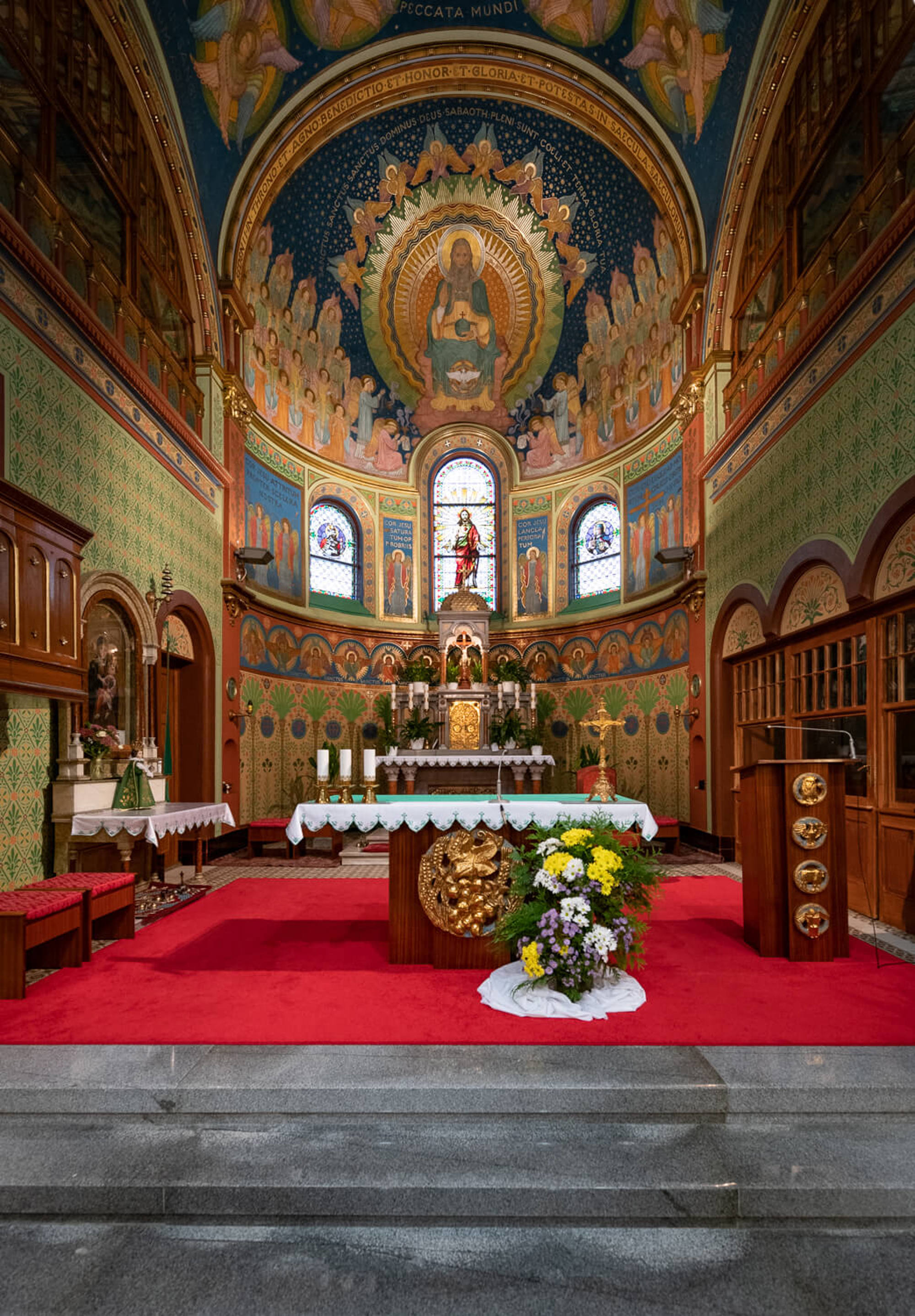
The monastery consists of two symmetrical two-storey buildings connected in the middle by a pseudo-Romanesque three-aisle chapel topped with a dome. The chapel boasts a unique Byzantine-style decoration, and the dominant combination of gold and blue makes a strong impression the moment you enter the space.
From Opava we drove to Radun Chateau. Originally a Gothic fortress converted into a Renaissance chateau, it has a beautiful English park with two ponds, an ornamental garden, and an orangery. The rich chateau library and the spiral wooden staircase are exemplary.
Dolni Vitkovice Industrial Complex
During the final part of the location tour, we headed straight from the chateau to the factory, where we had a tour of the extensive Dolní Vitkovice area.
We climbed the footbridge and staircase around the blast furnace, where iron was melted, to the observation deck of the 80 m high Bolt Tower. We were lucky – the clouds had just parted, and we enjoyed the view of Vitkovice, Ostrava, and Beskydy Mountains on the horizon.
We visited the Gong Multifunctional Center, which was built into the shell of a giant gas tank. The large hall, with a capacity of 1500 seats, is used for conferences, training sessions, and exhibitions.
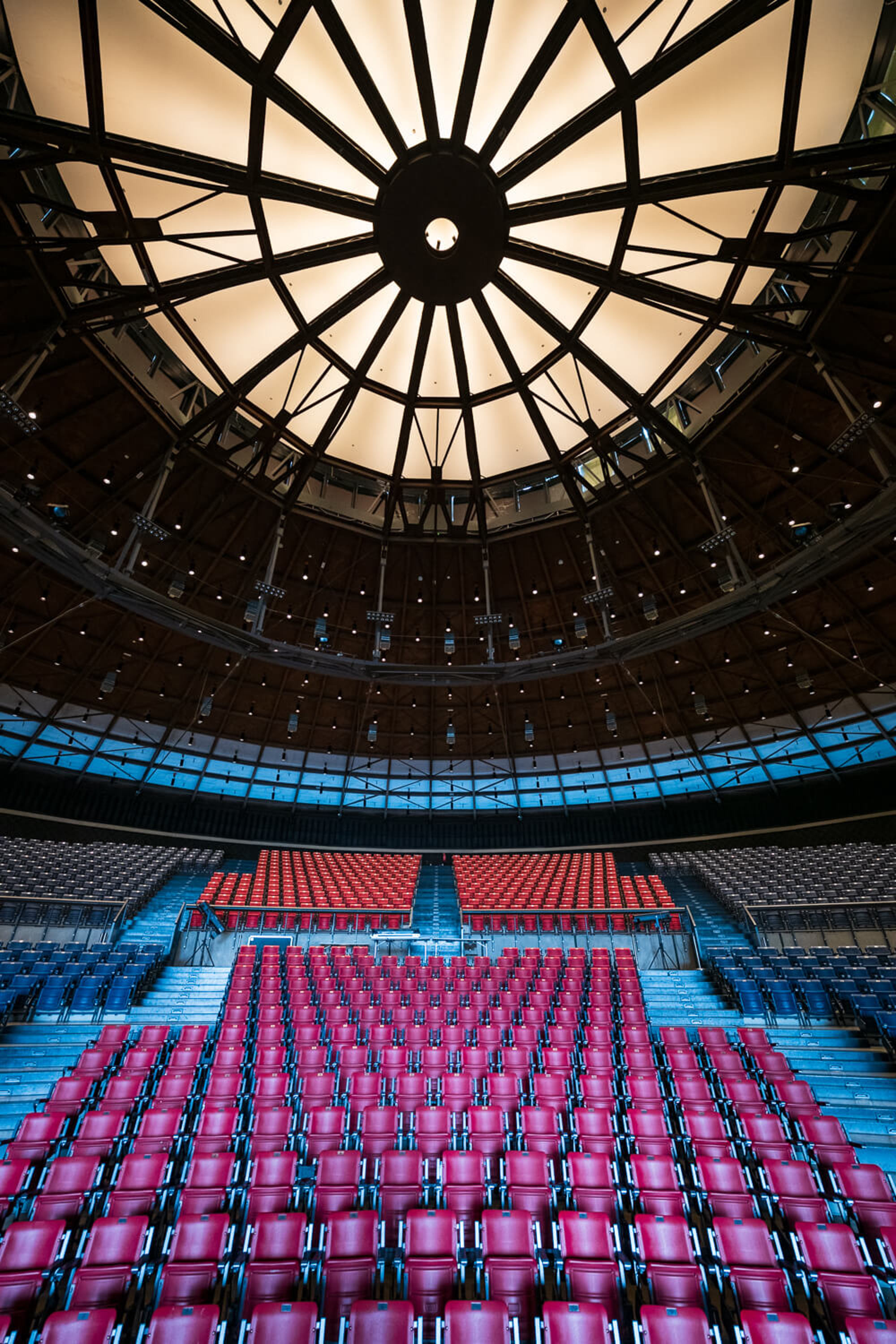
The creator of the Big World of Technology is architect Josef Pleskot. Behind its mirrored façade, the science center hides 14,000m2 of cinemas, classrooms, laboratories, and workshops, and a 2,000 m2 roof garden.
The Small World of Technology is in the Energy Exchange, or U6, and currently offers an interactive exhibition on the history of technological progress.
We ended the afternoon with a tour of the National Museum of Agriculture, from where we headed to the train with our heads full of impressions from so many interesting locations not yet fully exploited.
"The Dolni Vitkovice area is an absolute favorite for me – the powerful beauty of rusted iron makes an impression that is hard to put into words," says Ivana Štefanova of the location agency Film Makers.
Location tours this year in Karlovy Vary and Pilsen
This was the fourth location tour this year. The first mini location tours took place at the end of August during the Karlovy Vary International Film Festival. Together with the Karlovy Vary Regional Film Office, we took filmmakers on a half-day location tour with a visit to Kynzvart Chateau and the Kladská Peat Bogs National Nature Reserve. This mini location tour took place twice during the festival.
The third one took place at the end of September during the Finale Pilsen film festival, when we had the opportunity to visit unique early 20th century apartment interiors by the prominent architect Adolf Loos thanks to the Pilsen Region Film Office.
Goal: discover new locations and bring filmmakers to the regions
Hanka Vitkova was satisfied with how the location tour in the Moravian-Silesian Region went and is looking forward to future cooperation with the filmmakers. “All the participants now have their photo banks filled with North Moravian locations. We can't wait to see for which project they will suggest our locations to producers.”
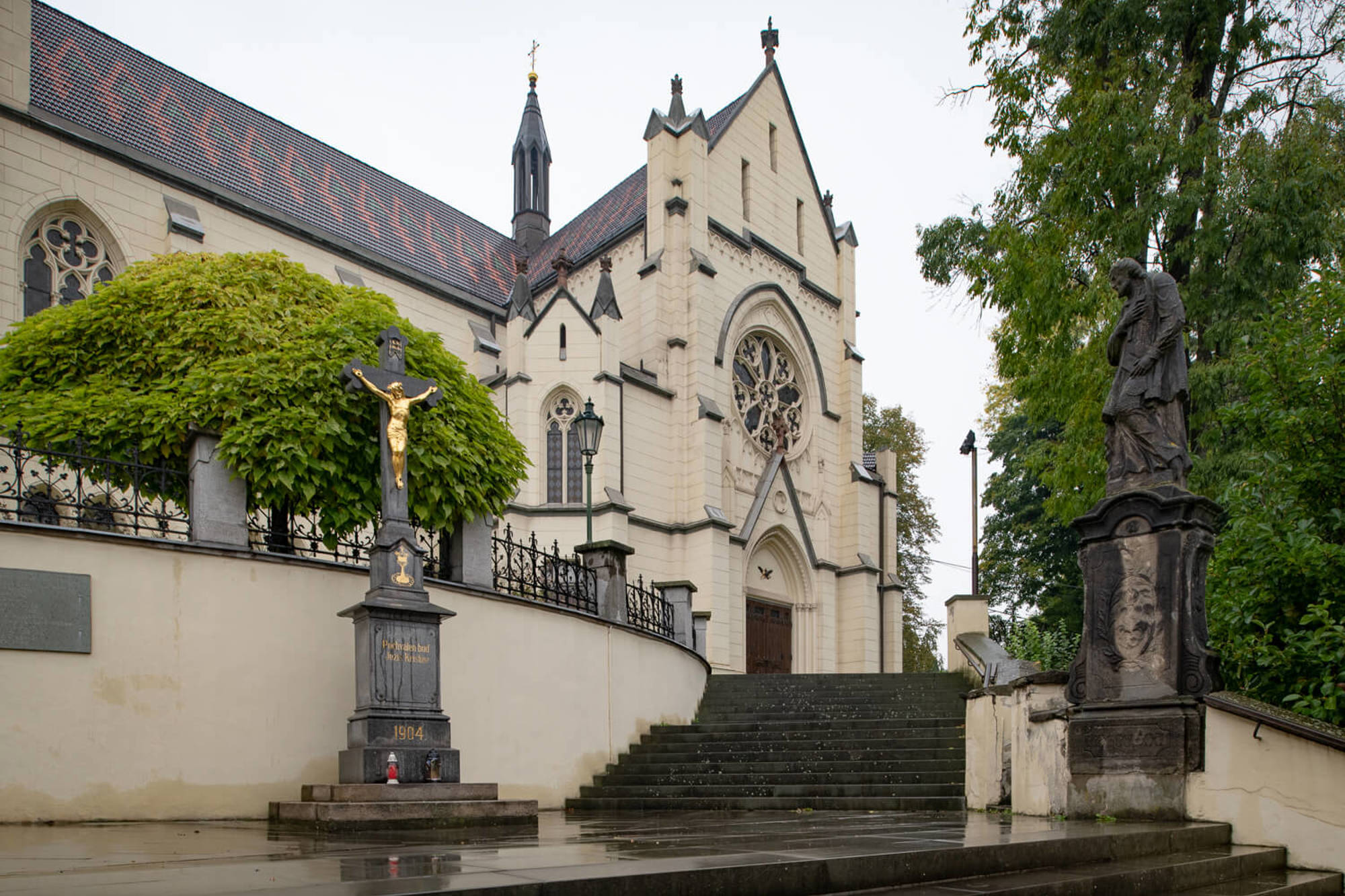
Every year, we organize regular location tours in cooperation with regional film offices. We introduce interested filmmakers, especially location managers, producers, directors, screenwriters and film architects, to as-yet undiscovered film friendly locations.
“Film friendly” means the local authorities and owners are open to filming and willing to agree on conditions that will allow the filmmakers to work, or where film crews can set up facilities – there are electrical connections, drinking water, parking facilities, etc.
During location tours, Czech filmmakers actively make connections with representatives of the regional film office and the location tour is often the first step towards further location scouting.
The purpose of location tours is to highlight various locations across the country to film professionals, who then bring film crews to regions all over the Czech Republic, where they use local suppliers and services for filming.
Director Martin Vadas confirms the importance of location tours. “It was my second experience after last year’s tour in Pardubice. Both were very extensive, with lots of suggestions and introductions to places that I would have found difficult to discover and visit on my own. All the guides and organizers were also great.”
We’d like to offer special thanks to the Moravian-Silesian Film Office for the excellent organization and to all the participants for their interest in exploring new film locations, and we look forward to the next expedition to interesting places worthy of a film camera’s eye.
Contact for filming in the Moravian-Silesian Region:
Moravian-Silesian Film Office: Hana Vítková (film@mstourism.cz, +420 734 766 746)
